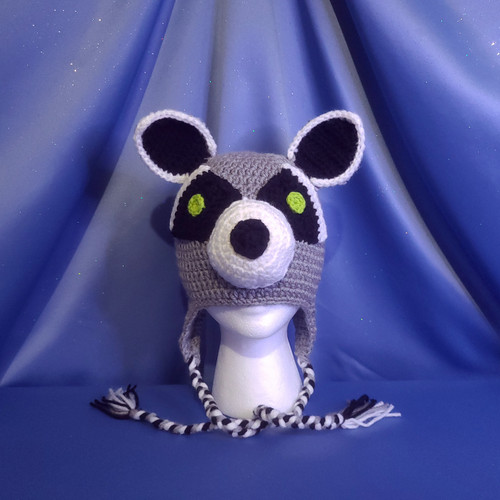Animals
Animals are eukaryotic, multicellular organisms that form the biological kingdom Animalia. With few exceptions, animals are motile (able to move), heterotrophic (consume organic material), reproduce sexually, and their embryonic development includes a blastula stage. The body plan of the animal derives from this blastula, differentiating specialized tissues and organs as it develops; this plan eventually becomes fixed, although some undergo metamorphosis at some stage in their lives.
Zoology is the study of animals. Currently there are over 66 thousand (less than 5% of all animals) vertebrate species, and over 1.3 million (over 95% of all animals) invertebrate species in existence. Classification of animals into groups (taxonomy) is accomplished using either the hierarchical Linnaean system; or cladistics, which displays diagrams (phylogenetic trees) called cladograms to show relationships based on the evolutionary principle of the most recent common ancestor. Some recent classifications based on modern cladistics have explicitly abandoned the term "kingdom", noting that the traditional kingdoms are not monophyletic, i.e., do not consist of all the descendants of a common ancestor.
Animals are divided by body plan into vertebrates and invertebrates. Vertebrates—fishes, amphibians, reptiles, birds, and mammals—have a vertebral column (spine); invertebrates do not. All vertebrates and most invertebrates are bilaterally symmetrical (Bilateria). These invertebrates include arthropods, molluscs, roundworms, ringed worms, flatworms, and other phyla in Ecdysozoa and Spiralia. Echinoderm larvae are initially bilaterally symmetrical, but later as adults develop radial symmetry; Cnidarians are radially symmetrical; ctenophores are biradially symmetrical; and sponges have no symmetry.
Animal phyla appeared in the fossil record as marine species during the Cambrian explosion, about 542 million years ago. Animals emerged as a clade within Apoikozoa as the sister group to the choanoflagellates.




















